DS Automobiles DS7 Crossback shakes Citroën's post-war heritage in favour of modern luxe

When the Citroën DS debuted at the 1955 Paris motor show, legend has it that 80,000 deposits were taken in ten days. The DS was not a prestige car; post-war austerity was barely over and there was no demand for luxury or high-end motoring. But it was an engineering masterpiece, an undisputed design icon that cemented the company’s reputation for innovation and caused a clamour for orders as a result.
Today’s DS flagship is a very different beast. For the model generations that followed the DS, Citroën led with big saloon cars, favoured by presidents, architects and eccentrics for their fearsome combination of technical trickery (chiefly in the form of unique hydro-pneumatic suspension and steering) and quirky styling. The DS was succeeded by the CX, XM and C6 – cars that were truly avant-garde but almost always outsold by rivals. Citroën’s small cars – in the no less innovative form of the 2CV and Visa – took on more and more importance. With the coming of the MPV era, the saloon car was all but dead. With its passing, many believed Citroën’s flourishes and eccentricities were also doomed. Instead, the company found a new vocation supplying people carriers large and small.
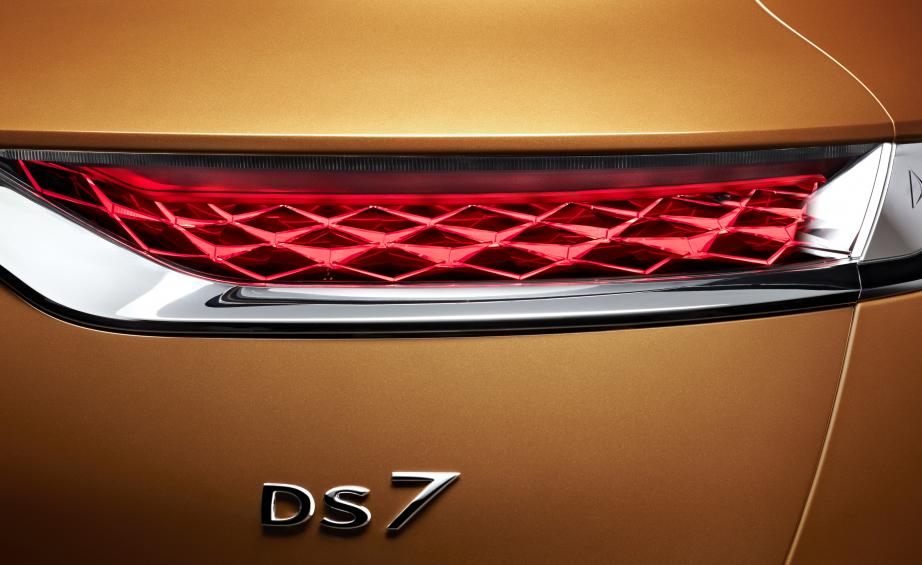
When Citroën hived off ‘DS’ as a standalone brand, commentators hoped that, henceforth, interesting designs would be created by DS Automobiles, leaving Citroën to concentrate on the tough business of creating big sellers. Yet paradoxically, ever since that decision, the parent company has rallied, returning with quirky small cars like the C3 and C4 that retain Citroën’s off-beat style without sacrificing any practicality. Ironically, the shiny new DS division has been lumbered with vehicles that do little to advance the cause of Gallic idiosyncrasy. Crossovers are notoriously tricky cars to style, melding the jacked-up profile of the SUV with the function-defying roofline of the coupe. To date, the DS4 and DS5 haven’t offered anything more substantial than their Citroën equivalents, with only the original DS3 and the newly announced DS3 Crossback keeping the flame.
This is the DS7 Crossback, the designated brand flagship. With its faceted, angular dashboard it seems to have taken a leaf from Lamborghini’s self-consciously dramatic interior design (only with the surprise addition of a little Deco-esque dashboard clock). Unfortunately the interior also shares Lamborghini’s disdain for ergonomics, with a flashy angular digital interface that recalls turn of the century web design. Externally, the crossover body shape hasn’t given the designers anywhere to go but up, and although the chunky body style fits perfectly in its class, it pays no heed to heritage. Admittedly, the DS7 is far classier than many of its rivals in terms of finish and materials, although its designer credentials speak of modern luxe rather than quirky originality.
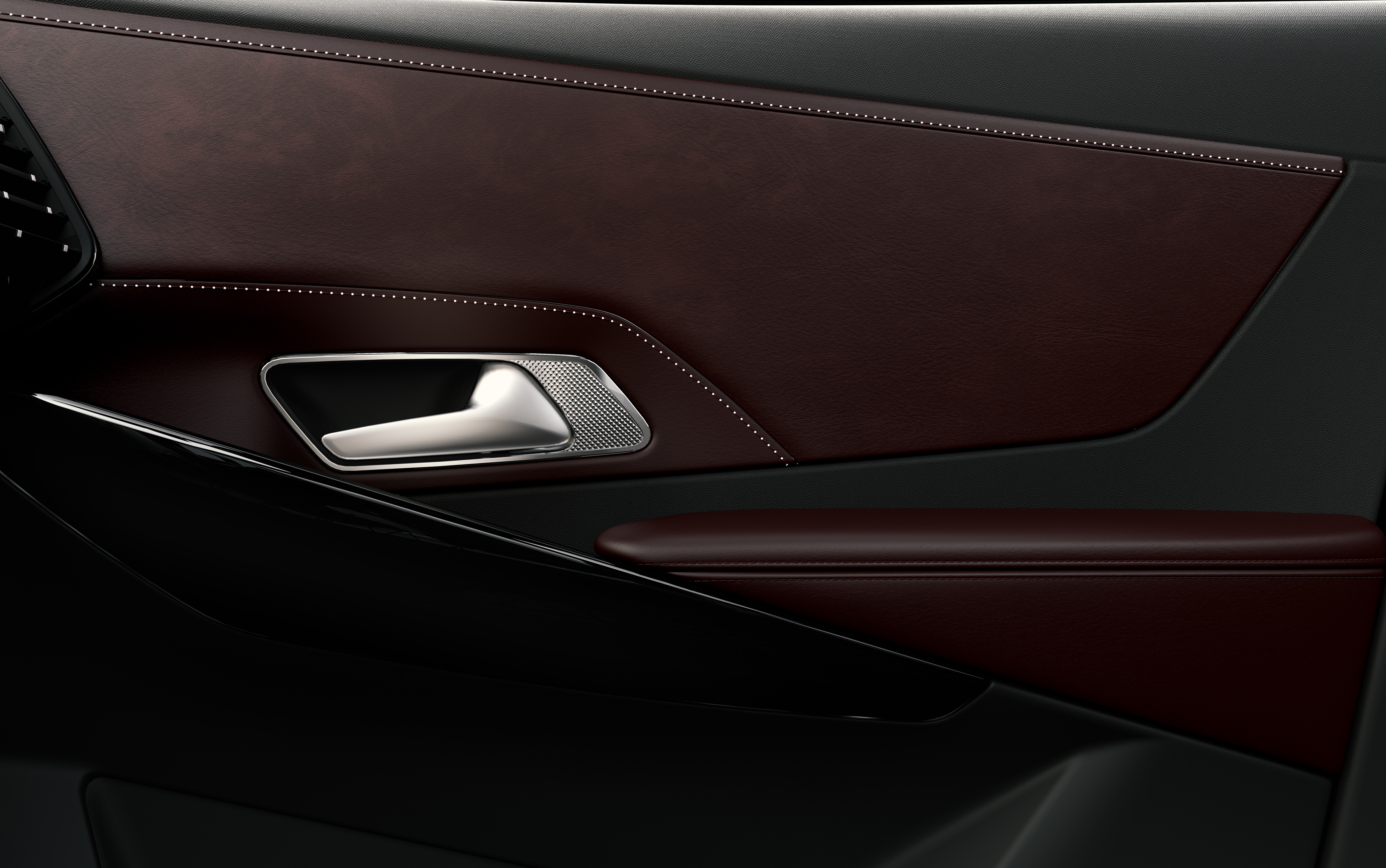
So what is DS trying to do? The answer is sell to markets that care little about the cultural baggage of six decades ago. The original DS became a design icon through a quirk of history, championed by semioticians to shoulder the theory that a mass-produced car best represented the hopes, dreams and prayers of a newly industrialised society. Cars have plenty of competition in our technology-filled age, which is partly why DS places so much emphasis on in-car tech and gadgets. Most importantly, the company hopes to grow its Chinese division, where it partners with Changan Automobile and already has a couple of market-specific models.
In summary, it appears that 2016’s sleek DS E-Tense concept and the earlier Divine DS concept pointed to a design route that the company decided not to explore; Citroën’s own CXPerience Concept from 2016 was a more convincing take on low-slung future luxury than either. We suspect that at Citroën’s expansive design centre in the wooded hills outside Paris and shared with sister company Peugeot, someone is probably still holding a flame for the big Citroëns of old, drawing up endless iterations of what a DS of tomorrow should really look like. As it is, the DS7 certainly makes a statement with its plush, confidently different interior – it’s just not the defiant shout of originality we’d been led to expect.
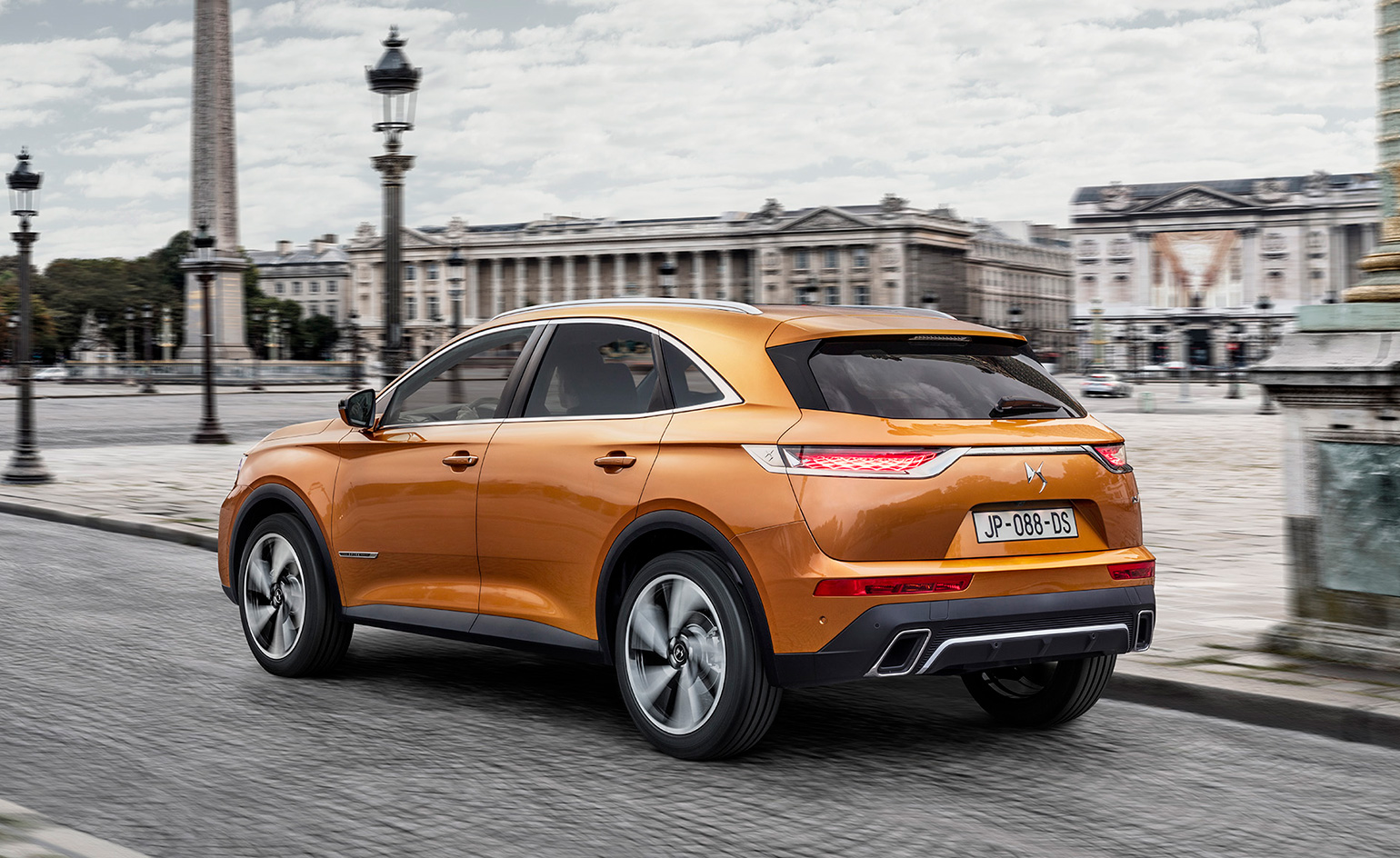

INFORMATION
DS Automobiles DS7 Crosback, from £27,000. For more information, visit the DS Automobiles website
Receive our daily digest of inspiration, escapism and design stories from around the world direct to your inbox.
Jonathan Bell has written for Wallpaper* magazine since 1999, covering everything from architecture and transport design to books, tech and graphic design. He is now the magazine’s Transport and Technology Editor. Jonathan has written and edited 15 books, including Concept Car Design, 21st Century House, and The New Modern House. He is also the host of Wallpaper’s first podcast.
-
 In Norway, remoteness becomes the new luxury
In Norway, remoteness becomes the new luxuryAcross islands and fjords, a new wave of design-led hideaways is elevating remoteness into a refined, elemental form of luxury
-
 The rising style stars of 2026: Oscar Ouyang is taking knitwear into new realms
The rising style stars of 2026: Oscar Ouyang is taking knitwear into new realmsAs part of the January 2026 Next Generation issue of Wallpaper*, we meet fashion’s next generation. Born in Beijing, Central Saint Martins graduate Oscar Ouyang is inspired by anime, medieval folklore and his friends’ wardrobes
-
 Zbeul Studio's 'future relics' merge traditional craft with unexpected materials
Zbeul Studio's 'future relics' merge traditional craft with unexpected materialsWallpaper* Future Icons: Paris-based studio Zbeul merges archaeology, craft, and design, taking the design process to innovative places
-
 SM Tribute by DS Automobiles marks ten years of the brand and signals bold things to come
SM Tribute by DS Automobiles marks ten years of the brand and signals bold things to comeThis spectacular concept car pays homage to one of the most iconic Citroën designs of all time, the 1970 SM by Robert Opron
-
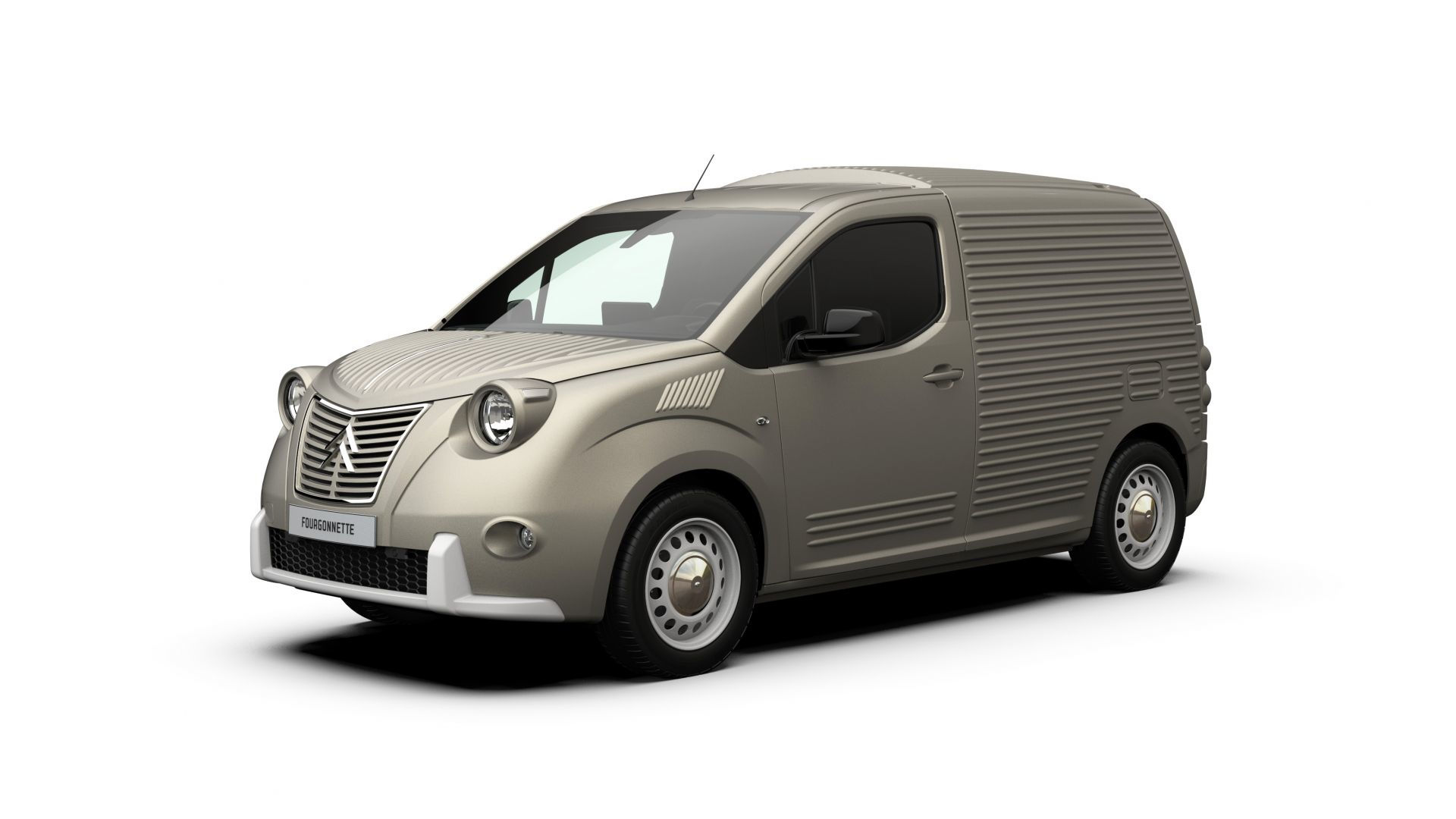 Carrosserie Caselani’s Fourgonnette is a retro van for bold businesses
Carrosserie Caselani’s Fourgonnette is a retro van for bold businessesThis updated Fourgonnette, inspired by the legendary Citroën 2CV, cloaks a conventional Citroën commercial vehicle in a stylish retro skin
-
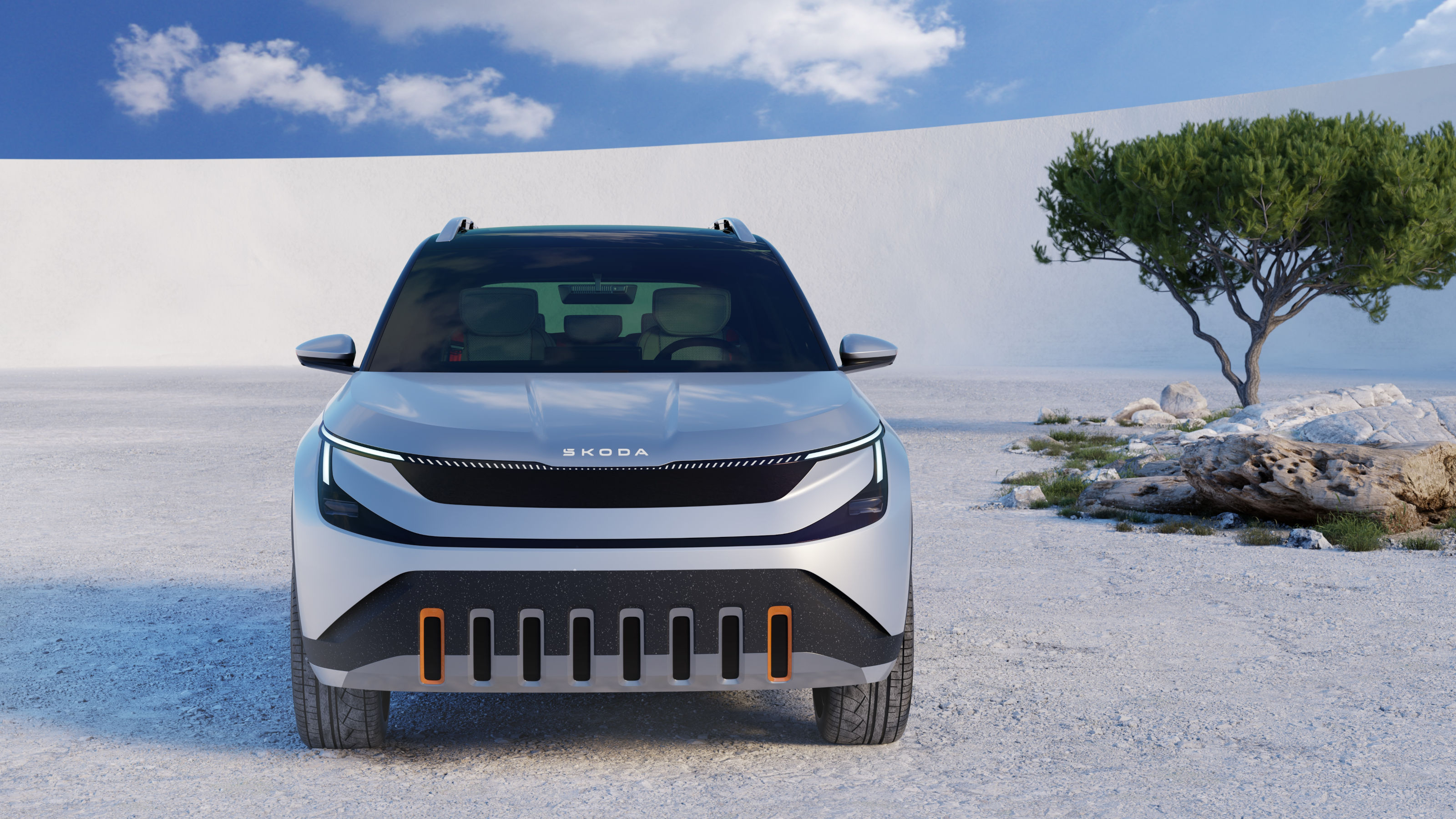 Coming soon: a curated collection of all the new EVs and hybrids that matter
Coming soon: a curated collection of all the new EVs and hybrids that matterWe've rounded up new and updated offerings from Audi, Porsche, Ineos, Mini and more to keep tabs on the shifting sands of the mainstream car market
-
 Microcar madness: three new ultra-compact electric city cars
Microcar madness: three new ultra-compact electric city carsThese two-seater electric microcars are the ultimate errand machines, designed for short hops and small spaces, all with a minimal footprint
-
 24 transportation design innovations for 2024
24 transportation design innovations for 2024From electric cars to new airports and sports boats, here’s a non-exhaustive list of 24 of the most interesting transportation design innovations to expect in the coming year
-
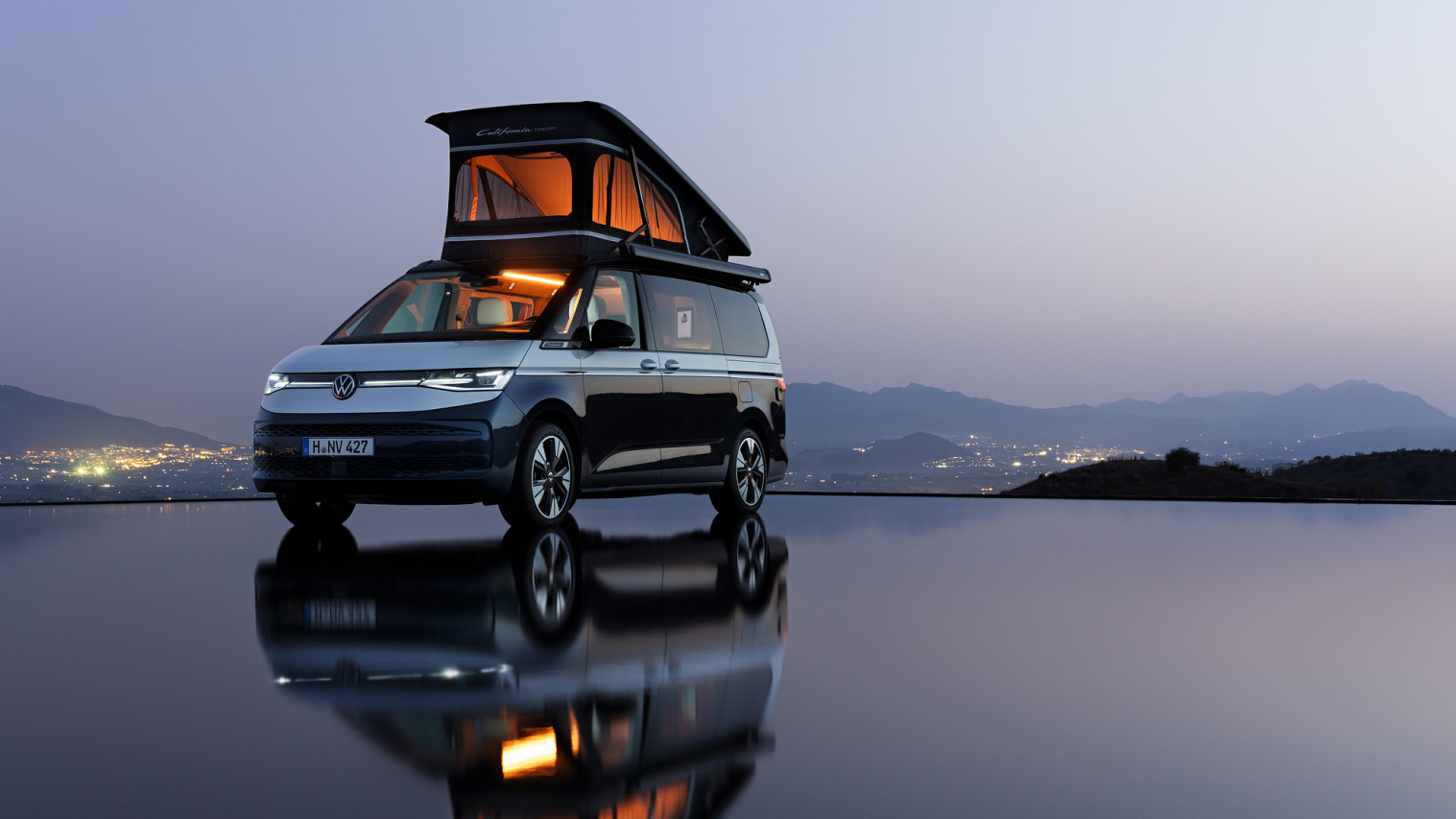 Four new compact camper vans showcase the best in modest mobile home design
Four new compact camper vans showcase the best in modest mobile home designVolkswagen, Citroën, Ford and Mercedes-Benz showcase their latest takes on contemporary van living
-
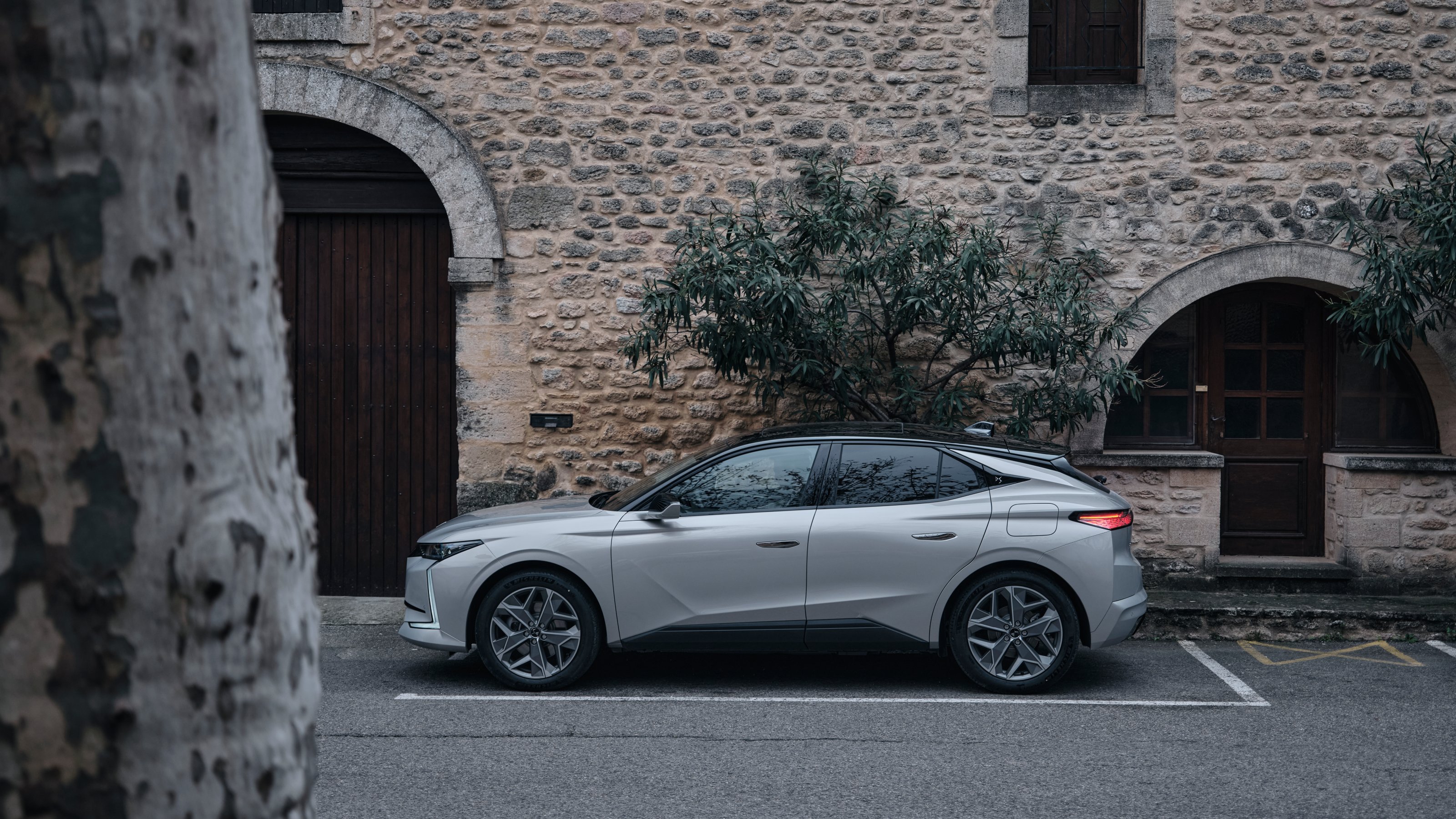 The DS 4 exemplifies mass-market luxury, cramming features and frivolity into an excellent all-rounder
The DS 4 exemplifies mass-market luxury, cramming features and frivolity into an excellent all-rounderDS Automobiles finds its form with the DS 4, a mid-range hybrid with a smart mix of driving refinement and design eccentricity
-
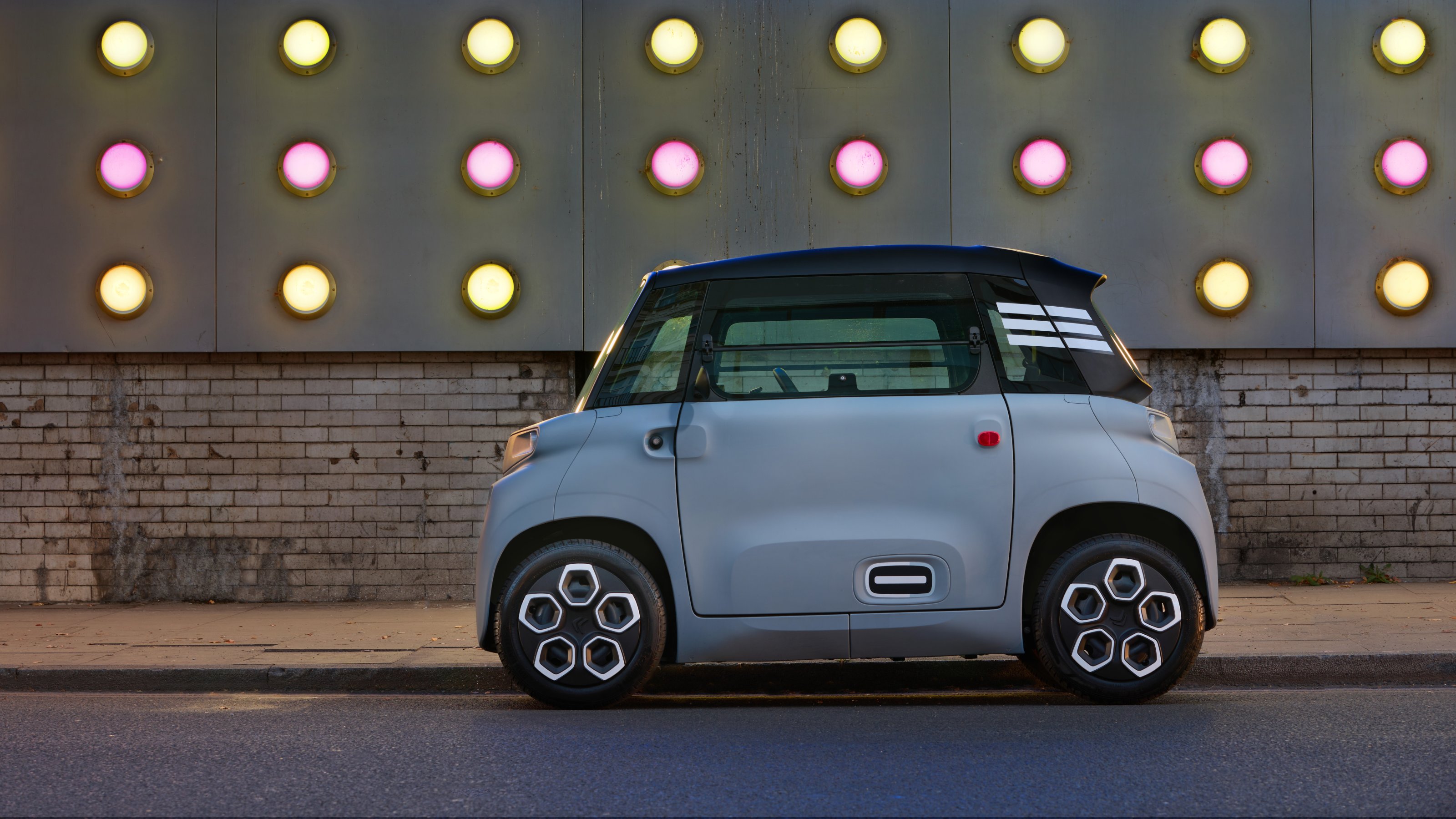 All hail the small scale: Wallpaper* takes a trip inside Citroën’s diminutive new Ami
All hail the small scale: Wallpaper* takes a trip inside Citroën’s diminutive new AmiThe Citroën Ami is small but perfectly formed, albeit a little rough around the edges. For short city hops, it’s hard to beat